Excessive Sweating In Women – Causes And Prevention!
Hyperhidrosis can be frustrating and severely impact your self-esteem due to the discomfort.
On Apr 6, 2023 – 12 minutes read

Were you aware that excessive sweating in women, although not life-threatening, is a medical condition that requires treatment? Yes, we all sweat every day, especially when we go out in scorching heat weather. We normally sweat based on our stress level, activity level —an intense workout— or the surrounding temperature.
But there comes a condition when you sweat excessively without running a marathon or being under the sun. Why does that happen? This abnormal, excessive sweating that is not necessarily in any way related to exercise or heat is medically called hyperhidrosis. With this condition, you may even sweat through your clothes. Talk about embarrassment!
Hyperhidrosis: Excessive Sweating Condition In Women
The word hidrosis literally means sweat. This condition, hyperhidrosis, causes your sweat glands to overact or go overdrive, sometimes for no apparent reason. This results in excessive sweating that is hard to control. It makes your body sweat more than it needs to at times and places where others wouldn’t. For some, it may be present from birth, and for some, it may develop later in life. In most cases, it begins during adolescence.
Hyperhidrosis can affect certain areas of your body, such as your face, underarms, palms, and soles. This is due to their relatively high concentration of sweat glands on your entire body. Not that either of the two cases is any better.
Unlike the excessive sweating we normally experience which is often mildly annoying, those with hyperhidrosis can feel self-conscious and anxious out in public since it is visible to others. They may find it hard to interact socially because of their stained clothes or shake hands during a business meeting due to their extremely sweaty palms.

Not to mention, it can make it difficult to grip and hold tools. So, this particular condition, when its symptoms are so severe, has all the possibilities to affect the patient’s leisure activities, personal relationships, career choices, and emotional well-being.
Now, some may have heard of this condition and some may disregard it as a rare medical condition. Due to embarrassment, some people may not even feel comfortable consulting a doctor about it. But according to the International Hyperhidrosis Association(1), about 7.8 million Americans have hyperhidrosis. So it is not exactly uncommon. And fortunately, modern medicine provides several effective options to treat hyperhidrosis, thereby reducing or stopping excessive sweating.
Types And Causes Of Hyperhidrosis
When it comes to the types of hyperhidrosis, it is categorized into two types depending on their causes, namely primary or focal hyperhidrosis and secondary or generalized hyperhidrosis. The names themselves suggest the differences.
Focal hyperhidrosis
Here, hyperhidrosis causes for unknown causes or to simply put it, for no apparent reason. Hyperhidrosis in healthy individuals without any underlying cause is primary or focal hyperhidrosis. Most women who sweat excessively have focal hyperhidrosis.
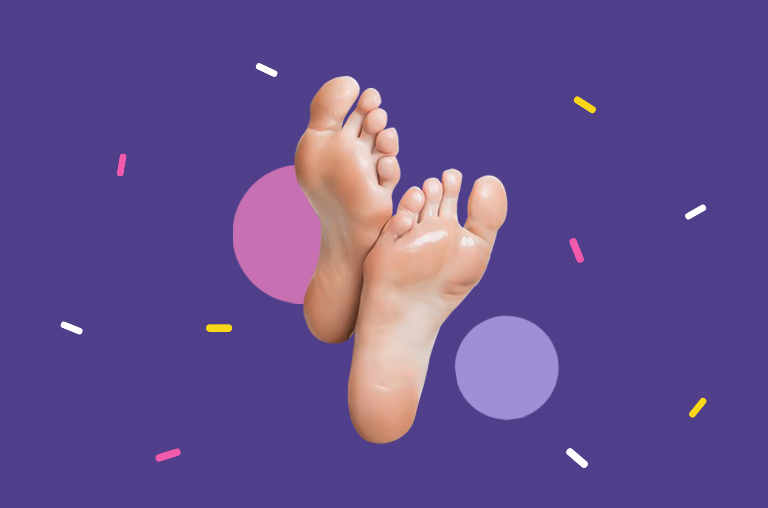
Some may call this localized hyperhidrosis “idiopathic” which means of unknown cause. But mostly, it is believed to be inherited from the patient’s family. Because this chronic skin disorder may result from a mutation in the genes. With this type, palmoplantar hyperhidrosis is the possibility and is usually in women under the age of 25.
Generalized hyperhidrosis
Comparatively, this type is less common. In this case, excessive sweating is caused either as a side effect of a medication or as a result of a medical condition. It could be an underlying health condition, serious systemic disease, neurological disorders, facial surgery, or even anxiety.
The medical conditions include obesity, menopause, gout, tumor, frostbite, hyperthyroidism, mercury poisoning, diabetes, or Parkinson’s disease. Some medications, such as zinc supplements and naproxen have side effects of excessive sweating. This type could also be the reason why there is excessive sweating in older women.

Age comes into the matter here. Because this type of hyperhidrosis doesn’t begin unless you start taking a certain medication, which is usually after the 30s. Also, it can affect the entire body, you may sweat even while asleep, and when left untreated, it can continue throughout life.
Generalized hyperhidrosis may make you sweat all over your body but focal hyperhidrosis mostly affects certain body parts. It includes head, face (craniofacial hyperhidrosis), armpits (axillary hyperhidrosis), palms (palmoplantar hyperhidrosis), and soles (plantar hyperhidrosis), lower back, and genitals. Now, let’s talk about the causes of hyperhidrosis in depth.
What Are The Causes Of Excessive Sweating In Women?
We know that sweating is the mechanism by which our body naturally cools itself as a response to certain conditions, like when it’s too hot. Whether by exercising, warm weather, or when you are sick or nervous, your nerves signal your sweat glands to start their job. When you are too nervous or scared, you may have noticed your palms getting sweaty. But in the case of hyperhidrosis, you sweat more than usual. The underlying cause here completely depends on the type of hyperhidrosis you have.

In focal hyperhidrosis(2), sweating a lot for no reason could start from childhood or teenage years. There is no medical condition that can cause this type of hyperhidrosis. However, it may have a hereditary component since about 30 to 50 percent(2) of people with primary or focal hyperhidrosis have a family history of excessive sweating. It could also result from the following causes:
- Certain odors or foods that cause sweating —coffee, tea, chocolate, peanut butter, citric acid, and spices.
- Heat.
- Emotional stress.
On the other hand, secondary or generalized hyperhidrosis has a long list of causes from medical and health conditions to medications.
Medical Conditions Causing Excessive Sweating In Women
- Heat, humidity, and exercise.
- Dysautonomia —autonomic dysfunction.
- Menopause sweats during the day.
- Infections, like tuberculosis, HIV, or malaria.
- Anaphylaxis (extreme allergic reaction).
- Severe psychological stress.
- Metabolic diseases, including diabetes, hyperthyroidism, hypoglycemia (low blood sugar), gout, pheochromocytoma (benign tumors in the adrenal glands), pituitary disease.
- Malignancies, such as cancer of the lymphatic system called Hodgkin disease.
- Some cancers like liver, bone, lymphoma, and carcinoid tumors.
- Neurologic diseases and nervous system diseases.
- Hormonal fluctuations, weight gain, and increased metabolism during pregnancy.
- Stroke.
- Obesity.
- Spinal cord injuries.
- Parkinson’s disease.
- Heart disease and heart attack.
- Lung disease or respiratory failure.
- Shingles.
- Fever of undetermined cause.
- Acromegaly
Prescription Drugs Causing Excessive Sweating In Women
- Certain antidepressants — Wellbutrin®, Bupropion, Desipramine (Norpramin), Nortriptyline (Pamelor), Protriptyline
- Insulins — Humulin® R
- Zinc mineral dietary supplements
- Naproxen
- Pilocarpine (usually taken for dry mouth)
- Propranolol (for high blood pressure)
- Certain antibiotics
- Pain relief —oxycodone
- Some antiviral medications
- Drugs associated with chemotherapy
- Anticholinesterases for Alzheimer’s disease
- Some beta-blockers
- Opioid withdrawal
The causes listed above are commonly associated with hyperhidrosis but that may not conclude the complete list. Nevertheless, the answer to ‘what is excessive sweating a sign of’ could definitely be hyperhidrosis. So you can consult with your doctor for an accurate diagnosis.
What Are The Symptoms Of Excessive Sweating Or Hyperhidrosis?
Besides the normal factors of sweating (for eg: intense physical activity), the excessive sweating that exceeds normal sweating is hyperhidrosis. You can differentiate the two types of hyperhidrosis with not only its causes but also its symptoms. Well, technically speaking, you experience the symptoms first. Then, you can diagnose which type you have even before learning about the underlying causes.
Hyperhidrosis symptoms range in their impact on your life. While minor symptoms may ebb and flow, major symptoms can be more frustrating and make you feel insecure. What causes excessive sweating of the head, face, armpits, hands, and feet is primary focal hyperhidrosis. This usually occurs on both sides of the body. The frequency can be at least once a week often during waking hours. It basically disrupts normal activities. With your wet palms and soles, you may find it difficult to use tools and walk on slippery floors.
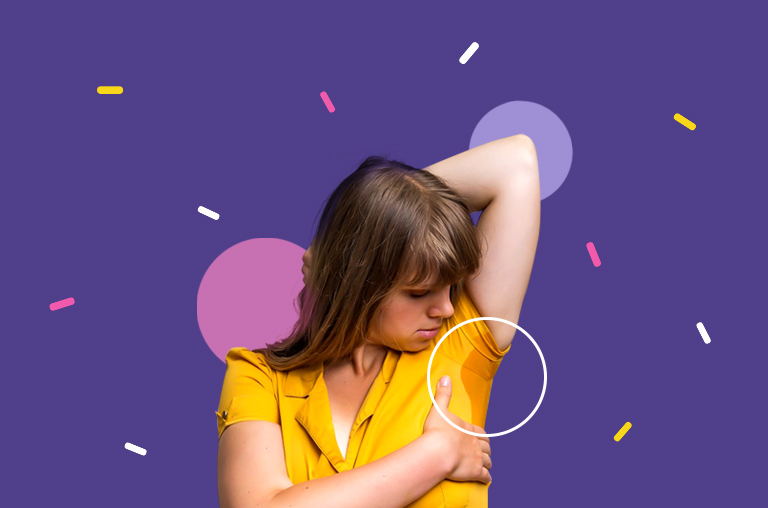
Signs Or Symptoms Of Excessive Sweating Or Hyperhidrosis
- Frequent sweating that results in a pool around your back or under your arms
- Noticeable sweating soaking your clothes
- Stained clothes that require a change of clothes to feel comfortable
- Beads of sweat on your forehead, cheeks, and the tip of the nose
- Sweating drip down your hands or that soak your socks
- Sweaty or clammy palms of the hands and soles of the feet that appear prune-like (maceration)
- Irritating skin issues, such as bacterial or fungal infection, on sweaty areas
- Skin changes, such as cracks, wrinkles, paleness, or other discoloration
- Menopause sweats during the day
- Sweats even while sleeping (secondary or generalized hyperhidrosis)
- Pungent body odor when bacteria on the skin mixed with sweat particles
- Constant worry about having stained clothing
- Reluctancy to make physical contact (especially shaking hands)
- Feeling self-conscious and constantly dealing with sweat —wiping, washing, changing clothes, wearing bulky or dark clothes, placing pads under the arms.
- Be socially withdrawn, that sometimes can lead to depression
Complications And Risk Factors Of Excessive Sweating In Women
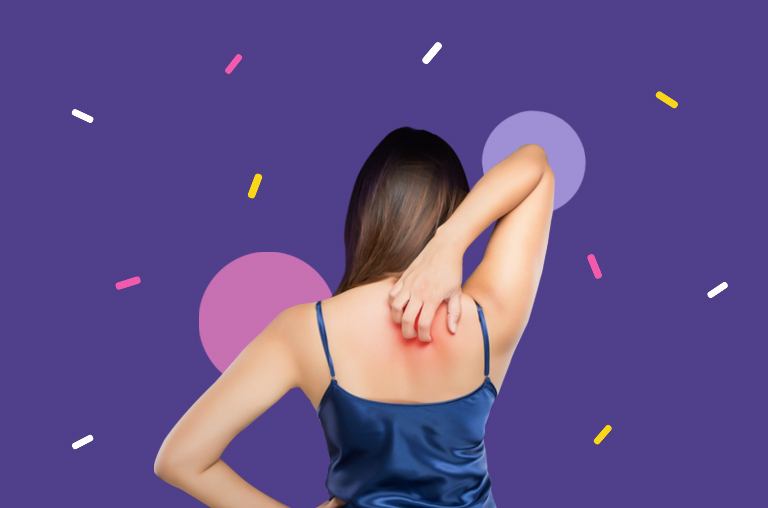
Besides it being a source of insecurity and frustration, profusely sweating does not stop with making your body sweat. If left untreated, hyperhidrosis can lead to many complications. They are the following:
- Infections: People with excessive sweating can get skin infections easily.
- Nail infections: Besides, skin infection, another complication is nail infection, especially toenail infections.
- Bacterial infections: This infection particularly happens between the toes and around the hair follicles.
- Warts: This is a kind of skin growth caused by the human papillomavirus (HPV).
- Heat rash: When sweat ducts become blocked and perspiration gets trapped under the skin, an itchy, red stain causes a prickling sensation over your body. This is called heat rash(3), another complication of hyperhidrosis.
- Psychological damage: Excessive sweating is embarrassing, especially when it stains your clothes and is visible to others. This can affect the patient’s self-confidence and relationships. You become self-conscious and too anxious, and even socially withdrawn. You may choose not to do activities you enjoy due to clammy hands and perspiration-soaked clothes.
How To Treat Excessive Sweating In Women?
When it comes to the treatment options of excessive sweating or hyperhidrosis, you have several options from lifestyle changes to medical treatments. It chiefly depends on the type and causes of the hyperhidrosis you have. There is no particular cure for focal hyperhidrosis. Its treatments focus on reducing the symptoms of the condition, thereby improving your life quality.
But, in the case of secondary hyperhidrosis, treating the underlying medical condition can effectively stop excessive sweating. If medication is the case, your doctor can prescribe different medications. If that is not possible, they may recommend other ways to manage excessive sweating.
First, your doctor will refer you to a dermatologist, if you haven’t already consulted a skin specialist that is. You will be asked about the symptoms and your overall health to prescribe treatment options. It usually begins with everyday routine changes. If they don’t help, you may have to try medical treatments and medications. If your case is severe, surgery may be suggested.
Applying Antiperspirants
Normally, using deodorants and antiperspirants without aluminum is often recommended. But here, applying an aluminum-based antiperspirant (made of metallic salt called aluminum chloride) works well to seal your sweat glands to prevent sweat production.

With prescription-strength varieties in the market, your doctor may prescribe stronger (than over-the-counter) antiperspirants to use before bed. But they may cause skin irritation. Make sure that you use it after drying your armpits to prevent bacteria and germs from thriving in dampness.
Showering More Often
You may feel the need to shower more than once a day but you don’t have to. You can shower or bathe daily using a mild cleanser to get rid of bacteria. If odor starts to bother you, try using antibacterial soap. This way, bacteria won’t get mixed with sweat to give a foul odor.
Wearing Breathable Clothes

Wearing light and loose-fitting clothes with natural fabrics, as opposed to certain synthetic fibers like nylon allows air to circulate the skin. This can slow the buildup of moisture. Also, instead of opting for dark colors, wear lighter colors to reflect the sun rather than absorb it. But to hide the stains, darker colors are better.
Taking Care Of Your Feet
For sweaty feet, wear socks made from cotton or materials that absorb moisture, change socks often, avoid pantyhose, wear shoes with synthetic and natural materials, try to use footwear with absorbent insoles, and go barefoot whenever possible to let your feet breathe.
Avoiding Certain Foods.

Certain foods cause sweating. If you would rather not sweat while having lunch with colleagues or in a social situation, avoid spicy foods, coffee, and colas.
Along with these changes, you can start using armpit shields and prescription-strength cloth wipes to stop excessive sweating. If these measures don’t work for you, your healthcare provider may recommend specialized medical treatment. Following are a few effective medical treatment options for excessive sweating:
Iontophoresis
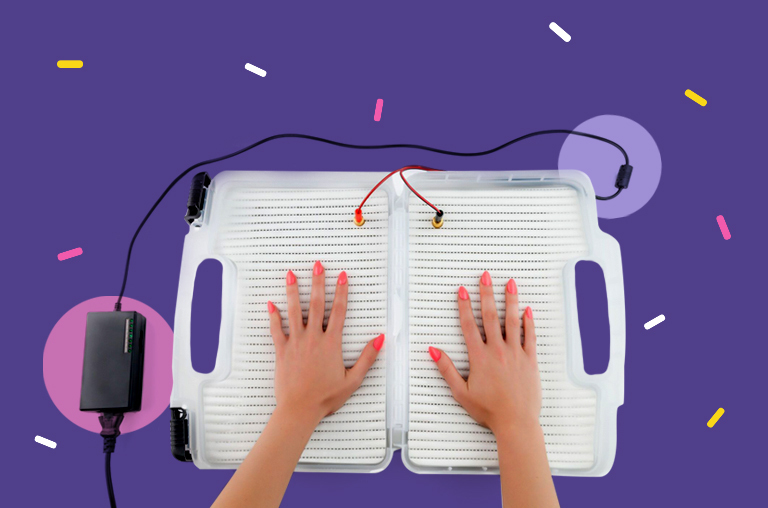
This is a procedure using a special device that emits low-level electrical currents while your hands and feet (even armpits) are submerged in a shallow tub of tap water. With 20-30 minutes of this treatment, you can effectively block your sweat glands over time. You may need repeated treatment though.
Botulinum Toxin (Botox injections)
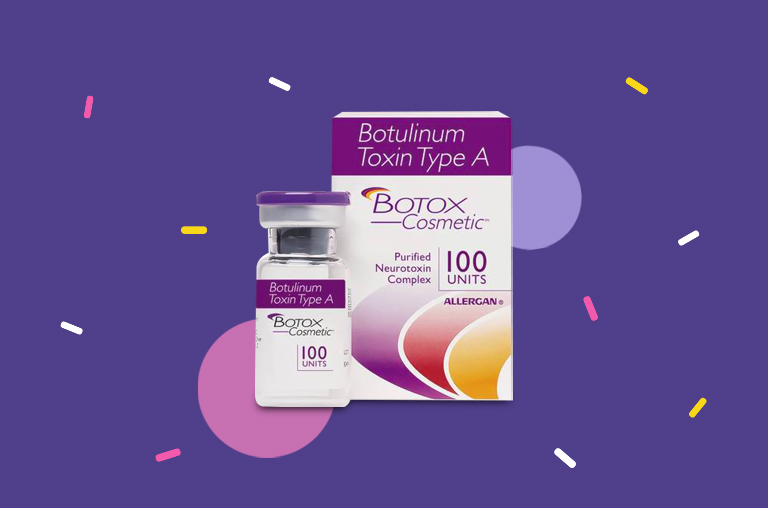
These injections when injected into an overactive nerve can temporarily block the nerves that trigger the sweat glands for months at a time. But you may need several injections (which is costly) for effective results. For some, botox injection may cause minor pain or experience muscle weakness temporarily in the injected area.
Anticholinergic Drugs
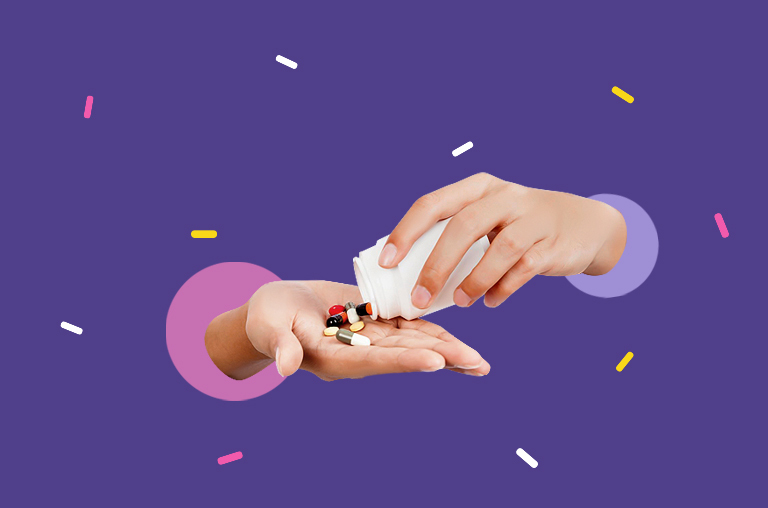
These drugs that inhibit the transmission of parasympathetic nerve impulses can provide great relief for generalized hyperhidrosis. Oral medications such as glycopyrrolate and oxybutynin can prevent acetylcholine (a chemical in your body that stimulates sweat glands) from working. If you ignore the side effects like dizziness and constipation, these drugs may give you effective results in two weeks.
Endoscopic Thoracic Sympathectomy
If none of the other treatments work, surgery may be recommended for severe sweating cases. ETS is a surgical procedure in which a portion of the sympathetic nerve (that carries messages to the sweat glands) is cut.
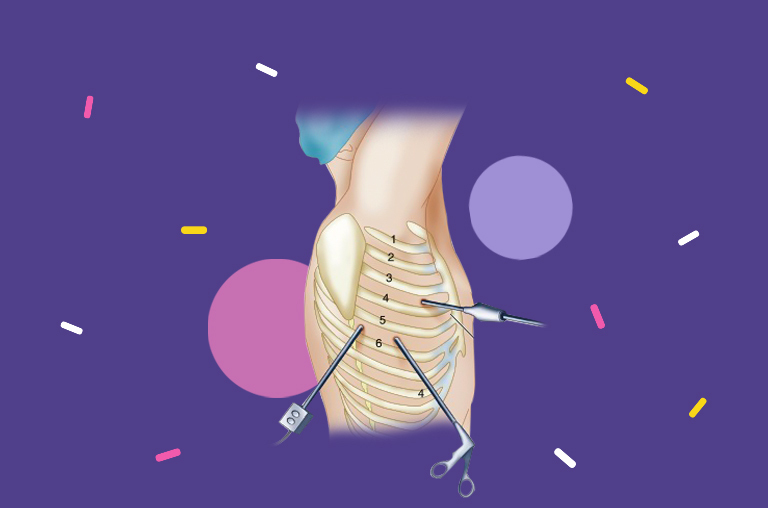
This is used to treat excessive sweating on the face, hands, and armpits. For foot, ETS is not recommended. Like any other surgery, this procedure provides lasting effects. Another surgery involves removing the sweat glands. But it also comes with side effects, so you need to talk to your doctor about its advantages and disadvantages before choosing the surgery.
Microwave therapy
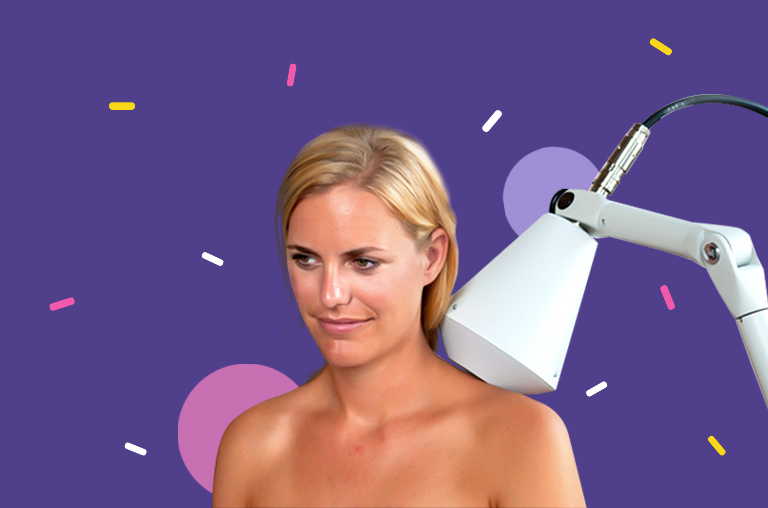
In this procedure, a high-tech device called MiraDry® (that emits thermal energy) is placed against the affected area to destroy sweat glands permanently.
Sweating is a natural part of life. But when they start to disrupt your everyday activities, it starts to get frustrating. Not to mention stained clothes don’t exactly make you feel comfortable when you are out. With these options mentioned above, you can try treating excessive sweating.
But to prevent hyperhidrosis in the first place, you can take several prevention steps. Although not always possible, these steps can protect you from several diseases as well. Along with reducing stress, managing diabetes, eating a balanced diet, avoid spicy or hot foods, maintain a healthy weight, drink more water, exercising regularly, avoid smoking and drinking, and apply a clinical-strength antiperspirant.
Final Thoughts
Either due to embarrassment and discomfort or lack of knowledge about the existence of effective treatments, not everyone with hyperhidrosis seeks medical advice. But it is never too late to consult and treat your condition. In some cases, excessive sweating could be a sign of something severe and life-threatening. So, it is important to consult a healthcare provider to correctly diagnose your condition. Especially, if you experience chest pain or feel dizzy along with excessive sweating. That’s when you know you have to get medical attention right away!

Subscribe to Newsletter
Elevate your routine, stay on trend, and embrace a personalized beauty journey with our curated insights.


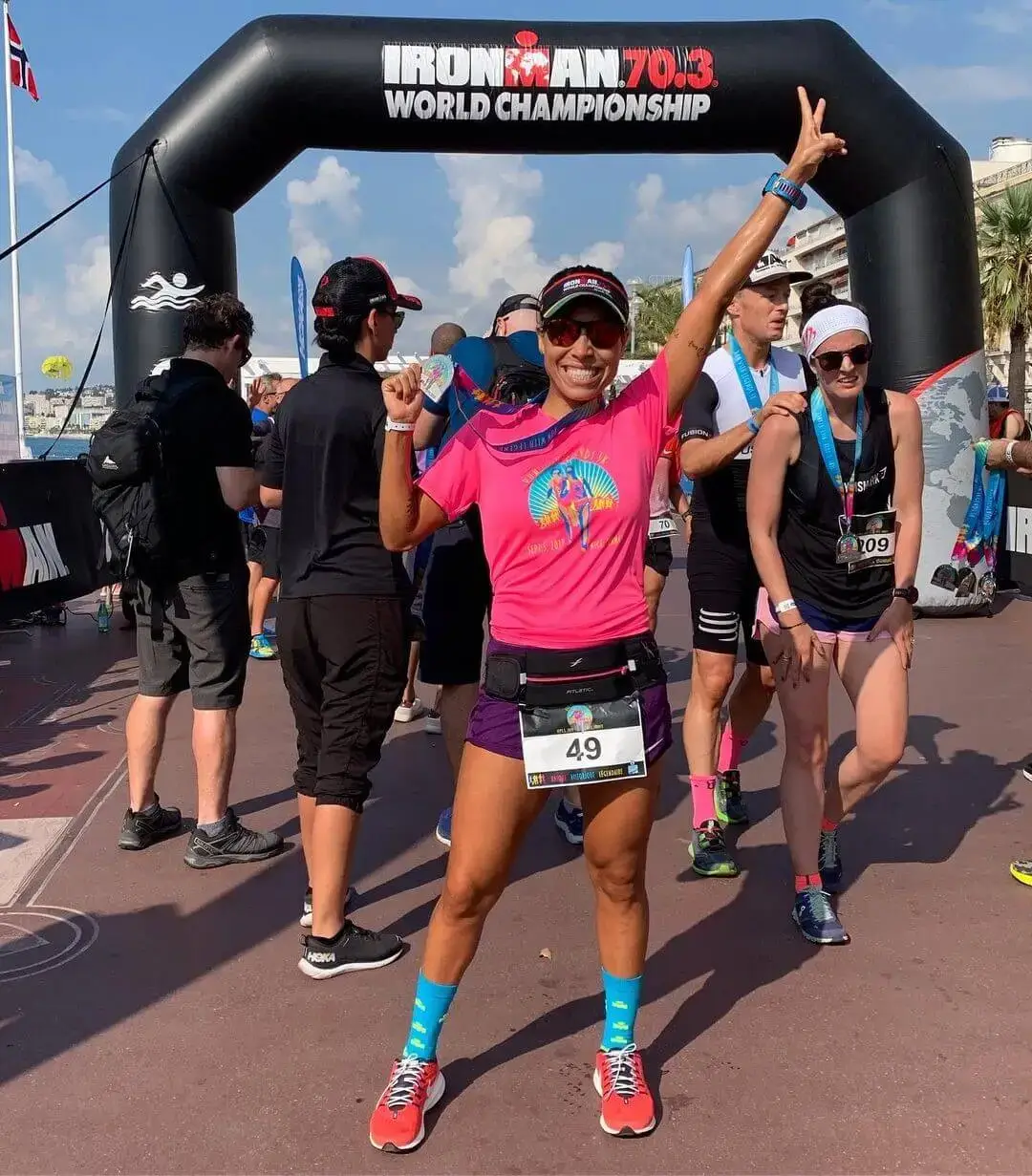
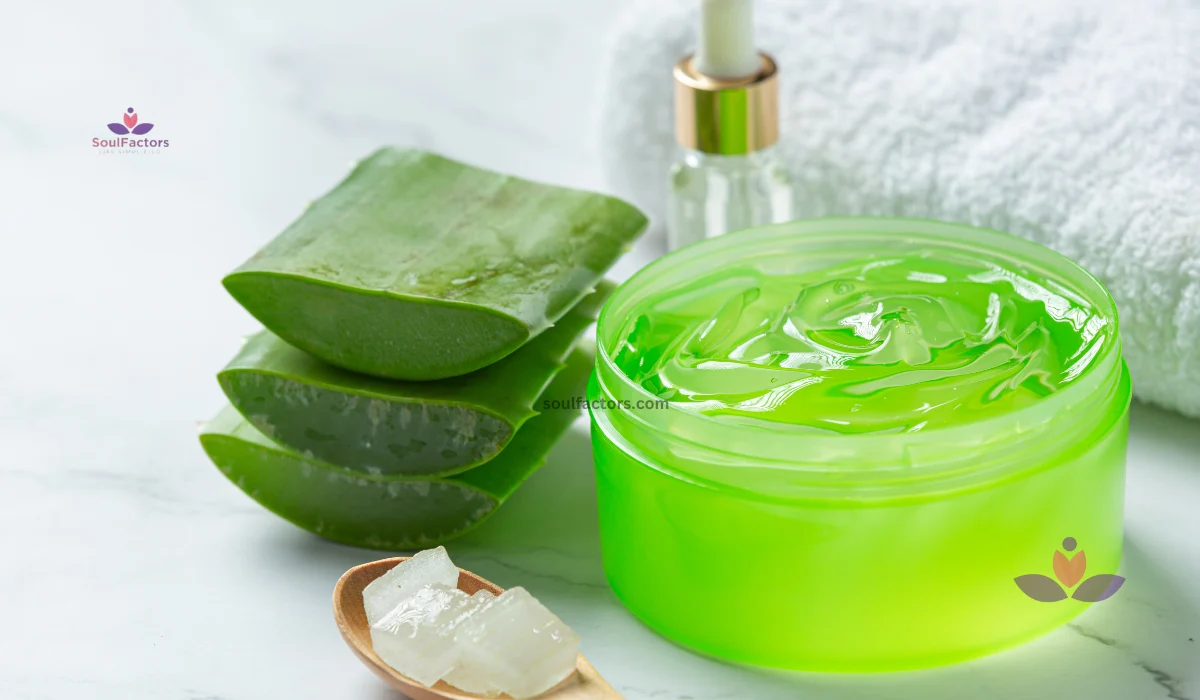
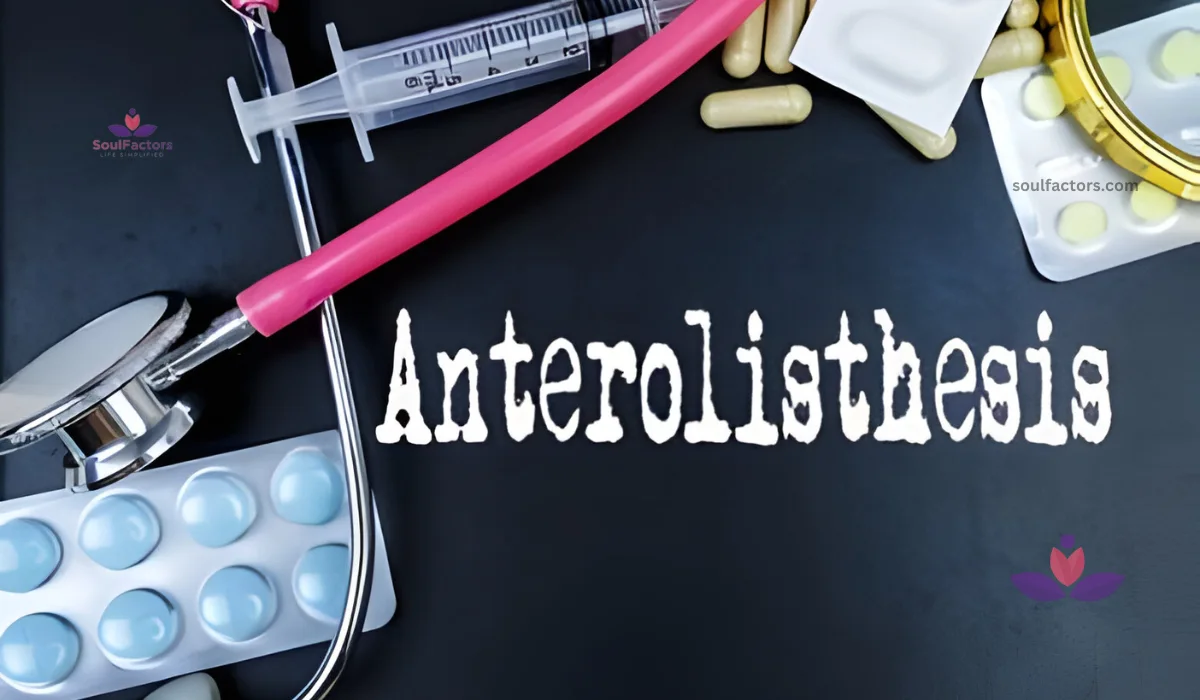
Write a Comment